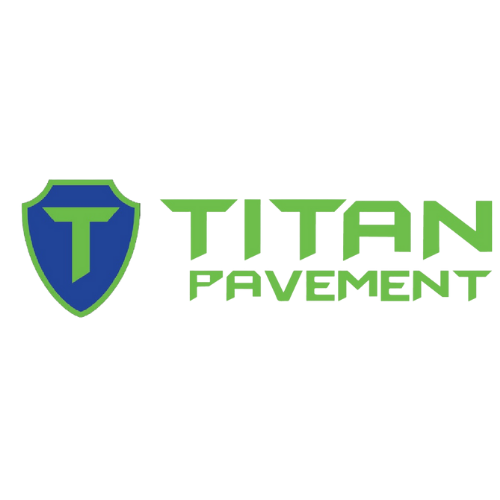The first thing your customers, residents, or tenants will see about your property is likely your parking lot, which means it’s critical to give it the proper attention that it deserves. This upkeep can mean anything from regular maintenance services to parking lot sealcoating when the time is right. However, some of the most critical aspects of your parking lot are the lines and traffic markings in your lot. Without these, you run a significant risk of accidents and other mishaps.
While fresh line striping is an easy solution, you will need to make sure all the boxes are checked off when planning your lot. Some factors include making sure it looks presentable and serves its intended purpose without compromising any existing parking. With that being said, there are a few major points that you should keep in mind when you prepare your parking lot for line striping.
Fresh Paint Improves Traffic Flow
One fairly obvious goal of a high-quality parking lot is to maximize parking options as much as possible. You may also want to improve your curb appeal, as the bright, fresh pain makes your property look clean and properly maintained. However, an arguably more significant aspect of your pavement markings is to improve your traffic flow and prevent any vehicular accidents that you may or may not be held liable for.
One of the chief concerns of your lot’s functionality is ensuring the safety of anyone visiting your location. For instance, you need to have clearly marked entrance and exit points, as well as directional arrows to control traffic flow, clearly marked loading zones and fire lanes, and anything else that can help you maintain a semblance of control in your lot. You must also ensure that you comply with any ADA (Americans with Disabilities Act) guidelines, which means having accessibility spots that are easily visible for cars to park in.
What Do I Need to Have Ready?
Prior to your scheduled parking lot line painting, you should make sure that every aspect of your lot is ready for contractors to get the job done. One of the first things you should do is let anyone who regularly visits your property know that line striping is in process. Titan Pavement can help you prepare any notices, phasing plans, or maps that you will need to distribute to any residents, tenants, or customers who need alternative parking arrangements.
As far as the asphalt itself, we recommend making sure the areas that are going to be painted are clear of traffic throughout the duration of the project. You may also need to perform some basic asphalt maintenance to make sure the pavement is clean and dry, as it will need to be free of any dirt and water, or else the newly painted lines will come out worse for wear. Finally, you should keep in mind that while your lines should be dry within a few hours after completion, temperatures and sunlight may alter this timeline.
Choosing the Right Parking Lot Striping Contractor
When looking for a sealcoating and line striping company to handle your job, there are a few characteristics that companies will have that set them apart from others. For instance, you want to make sure that they are using the proper painting materials. We use only certified paint specifically designed for pavement and handling the amount of traffic your lot will see throughout a given period of time.
These paints are applied with proper airless spray brush machines — which means no brushes or rollers. We also use professional, high-quality vinyl stencils to keep any ADA symbols, directional arrows, and other markings uniform with each other, keeping your lot as presentable as possible.
For over 20 years, Titan Pavement has been the name that metro Detroit area trusts for asphalt sealcoating and maintenance for commercial properties. We’ve handled line striping projects as small as a local condominium complex and as large as the Detroit Lions Practice Facility, which means we can take on your lot and keep it safe and presentable to visitors. Get in touch with us today to receive your free quote!









